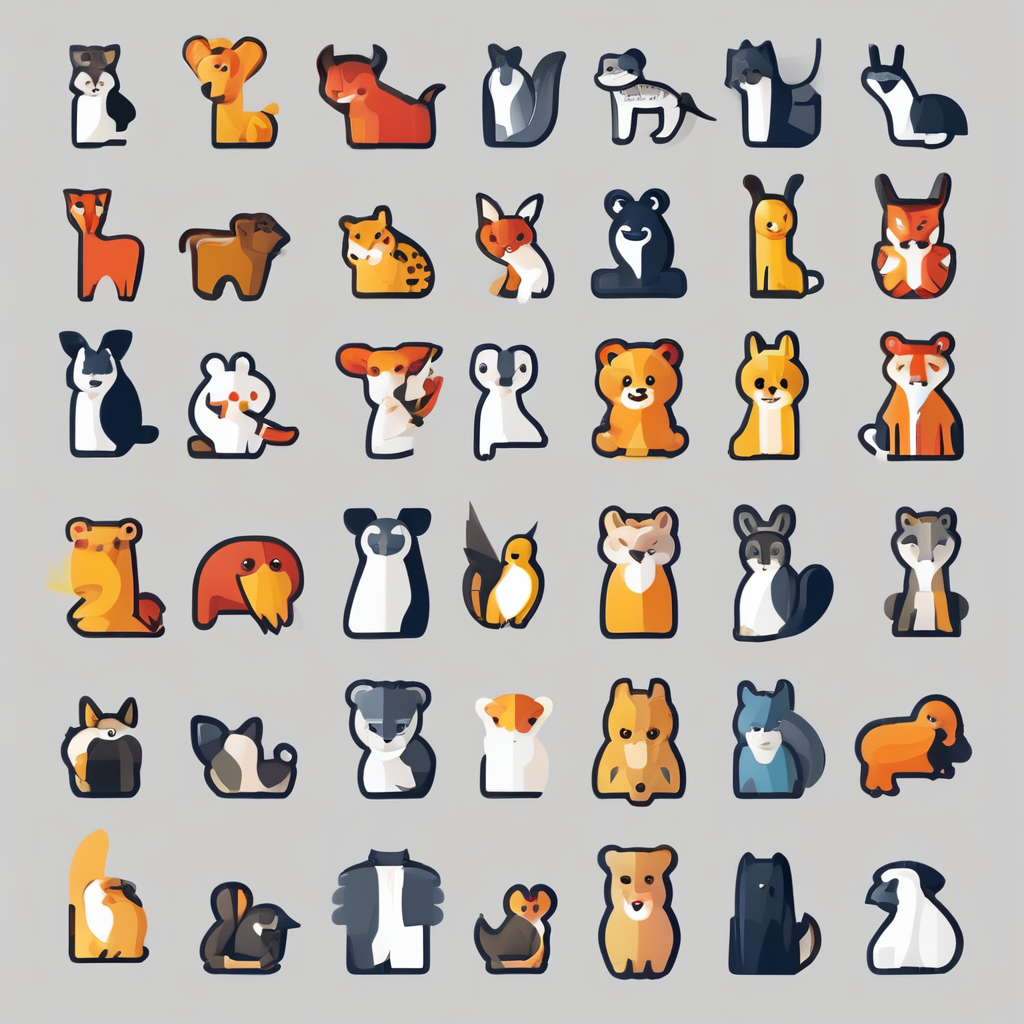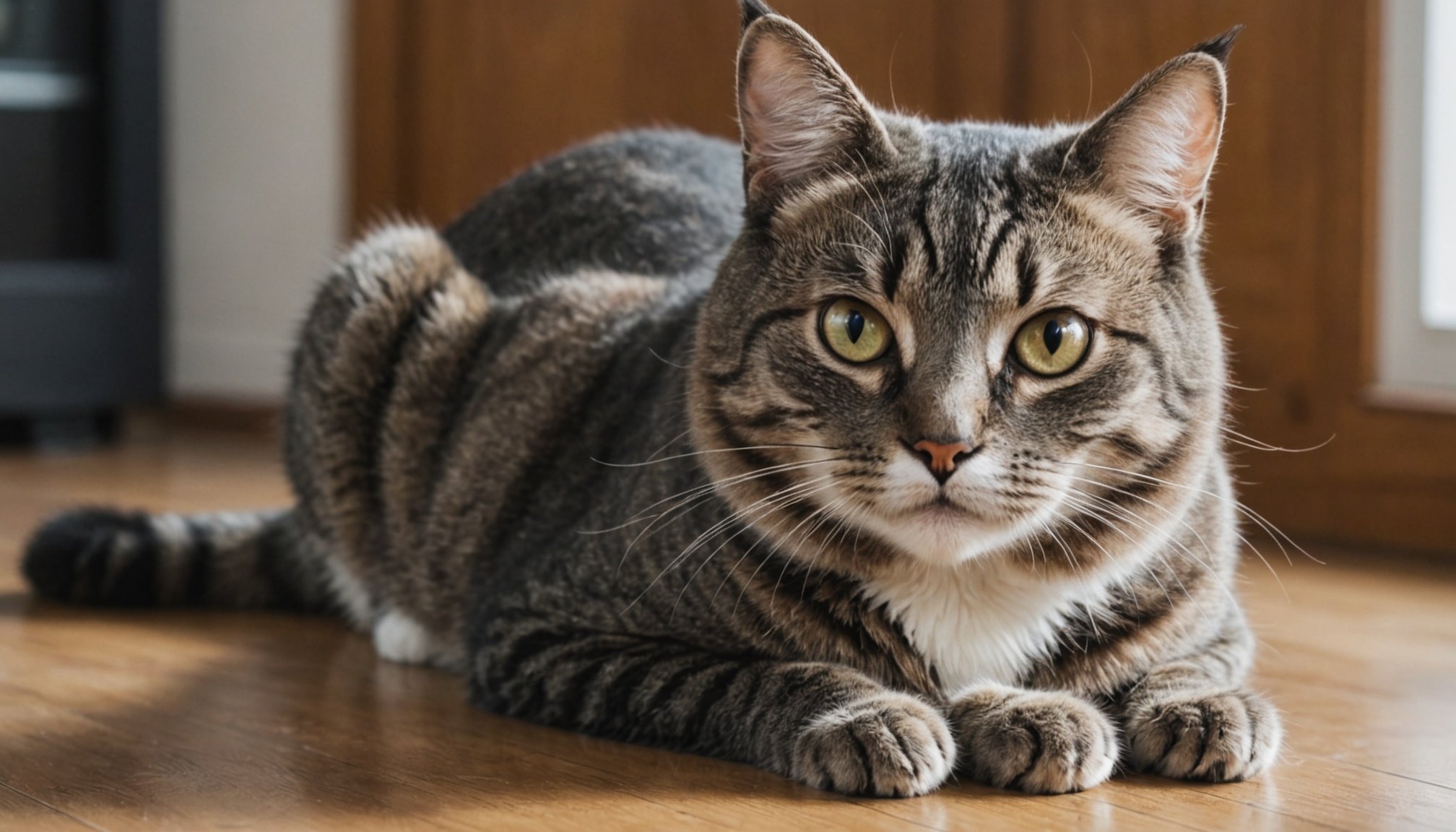Understanding your cat’s body language is crucial for building a strong bond with your feline companion. Cats communicate primarily through their body posture, tail movements, and facial expressions. Recognizing these signs can help you respond appropriately to their needs and emotions. In this article, we will delve into various aspects of feline body language, exploring how you can interpret these signals to enhance your relationship with your cat.
The Importance of Understanding Cat Body Language
Cats are masters of non-verbal communication. Unlike dogs, who may express their feelings more overtly, cats rely on subtle gestures and postures. Understanding these signals is paramount for several reasons.
Have you seen this : What are the potential health benefits of incorporating wet food into my cat’s diet?
First, recognizing your cat’s emotions can help you address their needs effectively. For instance, a cat that appears anxious or frightened may require a calm and comforting environment. Second, understanding their body language can prevent misinterpretations that could lead to stress for both you and your pet. For example, an arched back and puffed-up fur might indicate fear or aggression, while a relaxed posture could signify contentment.
Moreover, being attuned to your cat’s cues can enhance your ability to provide a safe and comfortable home. By responding appropriately to their body language, you can foster a sense of security and trust. These interactions contribute to a deeper bond, making your life together more harmonious. By observing and understanding your cat’s body language, you also become better equipped to handle situations that may involve stress or anxiety. For instance, if your cat hides or shows signs of agitation, you can take steps to alleviate the stressors in their environment.
Topic to read : What are the signs of over-vaccination in cats, and how can I avoid it?
Key Body Language Signals in Cats
One of the most crucial aspects of understanding your cat is recognizing key body language signals. Cats use various physical cues to convey their feelings, and each signal can have multiple meanings based on the context.
Tail Position: The tail is a significant indicator of your cat’s mood. A high, upright tail usually signifies confidence and happiness. Conversely, a low or tucked tail can indicate fear or submission. If your cat’s tail is puffed up, it may be feeling threatened or startled.
Ears and Eyes: Your cat’s ears and eyes also provide insight into their emotional state. Forward-facing ears suggest curiosity or interest, while flattened ears typically indicate agitation or fear. Eye contact plays a role too; slow blinking can be a sign of affection, while dilated pupils may indicate excitement or anxiety.
Body Posture: A cat’s overall posture can reveal much about their feelings. A relaxed body indicates a calm and comfortable cat. In contrast, a cat that crouches or tenses its muscles may be feeling threatened. It’s essential to observe these signals holistically, as context is key. For example, if your cat is relaxed but suddenly becomes alert, it may sense a potential threat.
Responding to Your Cat’s Body Language
Once you recognize your cat’s body language signals, the next step is responding appropriately. Your reactions can either reinforce positive behavior or inadvertently escalate negative feelings.
When Your Cat is Happy: If your cat displays signs of happiness, such as purring, rubbing against you, or kneading, reciprocate by providing gentle petting or playful interaction. Offer toys or engage in a game of chase to strengthen your bond. Cats enjoy routine, so maintaining a consistent playtime can enhance their happiness.
Addressing Anxiety or Fear: If your cat appears fearful or anxious, such as hiding or hissing, it’s crucial to give them space. Avoid forcing interaction during these moments, as it may cause further stress. Instead, create a safe environment where they can retreat comfortably. You can also use calming products like pheromone diffusers to help ease their anxiety.
Managing Aggression: Aggressive behavior, such as swatting or growling, is a sign that your cat feels threatened. In these cases, the best approach is to remain calm and avoid retaliation. Giving your cat space will help them cool down. After the incident, try to identify the trigger and modify the environment or your actions to prevent future occurrences.
Building a Stronger Bond Through Communication
Understanding and responding to your cat’s body language fosters a deeper connection between you and your feline friend. Communication in this relationship extends beyond mere observation; it involves actively engaging with your cat and creating a trusting environment.
Creating a Safe Haven: Providing a safe space for your cat is fundamental. Cats are territorial creatures, and having designated areas where they can retreat fosters their sense of security. Consider areas with cozy beds, scratching posts, and toys that encourage exploration and play.
Regular Interaction: Regular interaction is vital in building trust. Spend time each day engaging with your cat, whether through play, grooming, or simply sitting together. This consistent presence reinforces your role as a companion, making your cat more comfortable expressing their needs and feelings.
Observing Changes: Pay attention to changes in your cat’s behavior or body language over time. Just like humans, cats can experience shifts in mood or health. If you notice any persistent changes, consider consulting a veterinarian. By being attentive to their needs, you can ensure their overall well-being.
Recognizing and responding to your cat’s body language is an essential skill for any cat owner. By understanding their signals, you can create a more harmonious living environment and strengthen your bond. Remember that communication is a two-way street. The more you engage with your cat and respond to their needs, the more trust and affection you will cultivate. Being attentive to their body language not only enhances your relationship but also contributes to a healthier, happier life for your furry companion.









